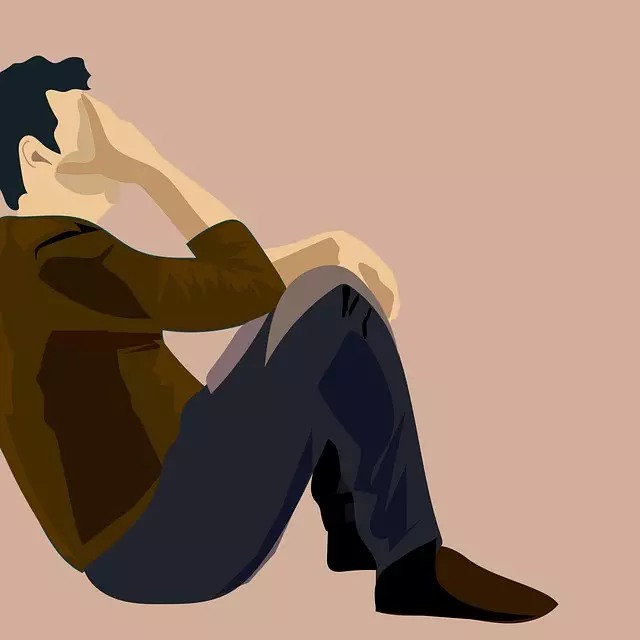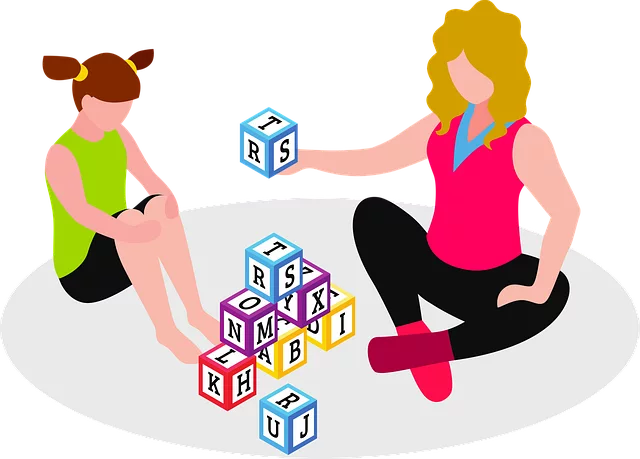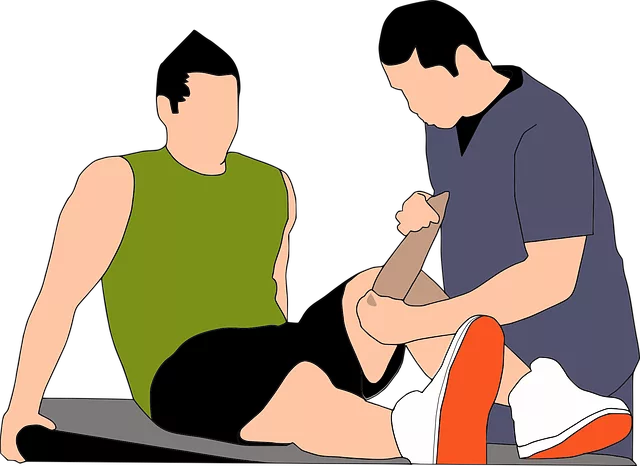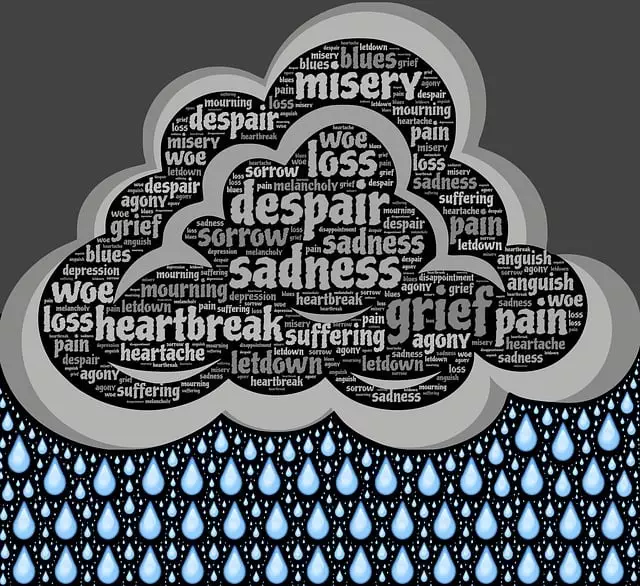Behavioral activation, guided by depression therapists, is a powerful therapy that combats depression by encouraging individuals to engage in pleasurable activities. This approach, integrated into CBT, helps clients identify and participate in meaningful experiences, disrupt negative thought patterns, and regain control over their mental health. Depression therapists utilize techniques like goal-setting and structured activities to boost mood and well-being, offering a lasting alternative to isolation often associated with depression.
Behavioral activation is a powerful therapeutic approach that has gained significant attention for its effectiveness in treating depression. This article delves into the strategies employed by depression therapists using this method, exploring key principles, techniques, and real-world applications. We discuss its benefits, clinical practice integration, and success stories, providing essential insights for both professionals and individuals seeking to understand behavioral activation as a game-changer in managing depression.
Understanding Behavioral Activation for Depression

Behavioral activation is a psychological approach designed to help individuals with depression by encouraging them to engage in activities and experiences that bring pleasure or a sense of accomplishment. This therapy aims to counteract the tendency of people with depression to isolate themselves, focusing instead on increasing their involvement in life. Depression therapists use behavioral activation as part of cognitive-behavioral therapy (CBT), helping clients identify and participate in activities that can boost their mood and overall well-being.
Through this method, therapists guide patients to replace unhelpful behaviors with more adaptive ones. By scheduling enjoyable activities, setting achievable goals, and facing fears gradually, individuals with depression can regain a sense of control and purpose. Behavioral activation is a collaborative process where therapists work closely with clients to tailor strategies that align with their unique interests and needs, fostering a more fulfilling life despite symptoms of depression.
How Depression Therapists Utilize This Approach

Depression therapists often employ behavioral activation as a key strategy in their treatment plans. This approach focuses on encouraging and guiding individuals with depression to engage in activities that promote positive emotions and meaningful experiences, ultimately helping to disrupt negative thought patterns and behaviors associated with the disorder. Through structured sessions, therapists assist clients in identifying and modifying unhelpful routines, fostering a sense of purpose, and increasing overall well-being.
By utilizing behavioral activation, depression therapists aim to empower individuals to take control of their mental health. This involves teaching practical skills for goal setting, planning enjoyable activities, and coping with low mood or energy levels. The therapist supports the client in navigating challenges and celebrating small victories, creating a cycle of improvement and increased motivation. Such personalized guidance is instrumental in helping those with depression regain a sense of mastery over their lives.
Key Principles and Techniques Employed

Behavioral activation is a therapeutic approach designed to help individuals with depression by encouraging them to engage in activities that promote well-being and provide meaning. This method is typically employed by depression therapists who guide clients towards identifying and participating in activities they find enjoyable or rewarding, thereby counteracting the tendency to isolate oneself often associated with depressive episodes. The key principles involve helping patients understand how their thoughts, feelings, and behaviors are interconnected and then using specific techniques to modify maladaptive behavior patterns.
Depression therapists may use a range of techniques such as goal-setting, problem-solving therapy, and scheduling structured activities throughout the day. These strategies aim to break the cycle of avoidance and inactivity by fostering a sense of purpose and increasing exposure to positive experiences. Additionally, mindfulness practices and cognitive restructuring are often incorporated to help individuals challenge negative thought patterns and develop healthier ways of coping with distressing emotions.
Benefits and Effectiveness in Clinical Practice

Behavioral activation for depression is a highly effective therapeutic approach used by many depression therapists. It focuses on encouraging individuals to engage in activities that they find meaningful and rewarding, which can help combat the symptoms of depression. By increasing participation in enjoyable activities, this method promotes positive emotions, enhances overall well-being, and provides an alternative to negative thought patterns.
The benefits of behavioral activation are supported by extensive research in clinical practice. Studies have shown significant improvements in depressive symptoms among patients who undergo this treatment, often with longer-lasting results compared to other therapies. Depression therapists can use behavioral activation as a standalone intervention or integrate it into other therapeutic modalities, making it a versatile tool for managing depression effectively.
Integrating Behavioral Activation into Therapy Sessions

Integrating Behavioral Activation (BA) into therapy sessions for depression offers a practical and effective approach. Depression therapists can utilize BA by encouraging clients to engage in activities that are meaningful and enjoyable, even if they experience low motivation or pleasure. This involves setting achievable goals, scheduling pleasurable activities, and gradually increasing engagement despite symptoms of sadness or fatigue.
During sessions, therapists guide individuals through this process, helping them identify activities that bring a sense of accomplishment and reward. By fostering a structured routine and promoting positive experiences, BA aims to break the cycle of avoidance and isolation often associated with depression. This strategy empowers clients to take control of their well-being, ultimately contributing to improved mood and overall functioning.
Real-World Success Stories and Case Studies

Behavioral activation for depression has proven successful in numerous real-world scenarios, with many patients experiencing significant improvements in their mental health and overall quality of life. Depression therapists often employ this technique to help individuals identify and engage in activities that bring them joy and purpose. Case studies have shown that by increasing participation in pleasurable activities, even small ones, individuals can start to break free from the cycle of depression.
One compelling case involves a patient who struggled with persistent sadness and lack of motivation for years. Through behavioral activation therapy, they were guided to gradually engage in activities they once enjoyed, such as walking in nature and reconnecting with friends. Within several months, their mood improved markedly, and they reported feeling more energized and hopeful about the future. Such stories illustrate how effective this approach can be when implemented by trained depression therapists.



